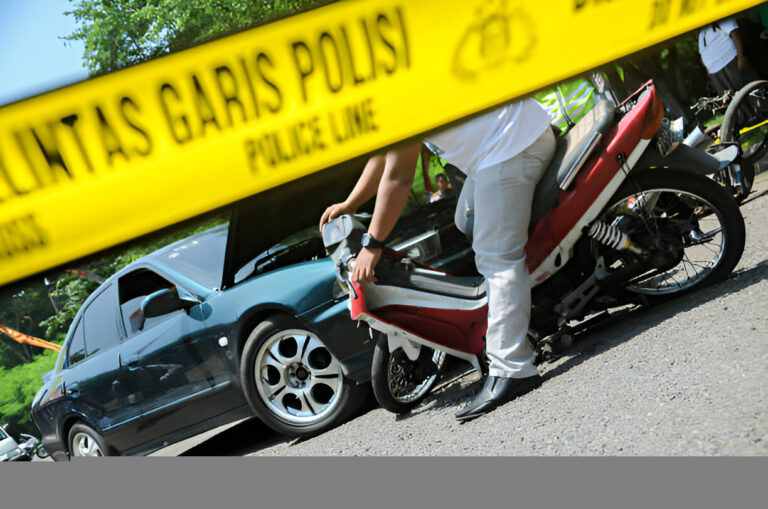Motorcycle accidents can be overwhelming. Getting the right evidence can make a big difference in your case. LawBike Motorcycle Injury Lawyers know that solid evidence strengthens claims. It helps show what happened and who is responsible. There are five types of evidence that are especially useful. These include physical evidence, like damaged gear or vehicles. Photographs and videos also provide clear, visual proof. Witness statements add another layer, offering different perspectives. Police reports, which are official records, often detail crucial facts. Finally, medical records show the extent of injuries. They help connect the accident to the harm caused. Gathering these critical pieces can support your claims and improve outcomes. Understanding what to look for and how to use it can make your case stronger. Each type of evidence plays a significant role. Knowing their importance ensures a more robust presentation of your side of the story.
1. Physical Evidence
Physical evidence is often the first thing collected at an accident scene. This includes damaged equipment, such as helmets or other protective gear. It also involves examining the motorcycle itself and any other vehicles involved. Scratches, dents, or broken parts can tell a story about the impact and help determine the accident’s cause. This evidence can be crucial in painting a clear picture of the events leading up to and during the crash.
2. Photographs and Videos
Visual evidence is compelling. Photographs and videos taken at the scene provide a snapshot of the aftermath. They show the positioning of the vehicles, road conditions, and weather. Capturing these details can be vital for demonstrating what happened. Videos, if available, can offer even more context. They might reveal actions taken by the drivers or the conditions of the road. Ensure that these visuals are time-stamped and clear to make them as effective as possible.
3. Witness Statements
Witnesses often provide valuable insights. They might have seen the accident from a different angle or noticed details others missed. Their statements can add a layer of authenticity to your claims. Collecting contact information and detailed accounts from witnesses is essential. These statements can be recorded or written down promptly to ensure accuracy.
4. Police Reports
Police reports are official accounts of the accident. Officers typically arrive at the scene soon after a crash and document their observations. This report can include diagrams, witness interviews, and the officer’s opinion on how the accident occurred. Accessing this document gives a professional perspective that supports your case. You can learn more about obtaining police reports here.
5. Medical Records
Medical records connect the accident to any injuries sustained. They detail the extent of your injuries and the treatment received. This documentation can help demonstrate the impact of the accident on your health. It serves as a link between the crash and any long-term medical issues you might face. Ensuring these records are thorough and up-to-date is crucial for establishing the full scope of your claim.
Comparison of Evidence Types
| Type of Evidence | Purpose | Importance |
| Physical Evidence | Shows damage and impact | High |
| Photographs and Videos | Provides visual proof | High |
| Witness Statements | Offers different perspectives | Medium |
| Police Reports | Provides official account | High |
| Medical Records | Connects injuries to accident | High |
Conclusion
Each type of evidence plays a vital role in supporting your motorcycle accident case. By effectively gathering and presenting this evidence, you increase the likelihood of a successful outcome. Paying attention to all these details ensures a comprehensive and persuasive presentation of your claims. Knowing how each piece contributes can make a significant difference in the courtroom. Always remember that thorough preparation and documentation are key components in building a strong case.


